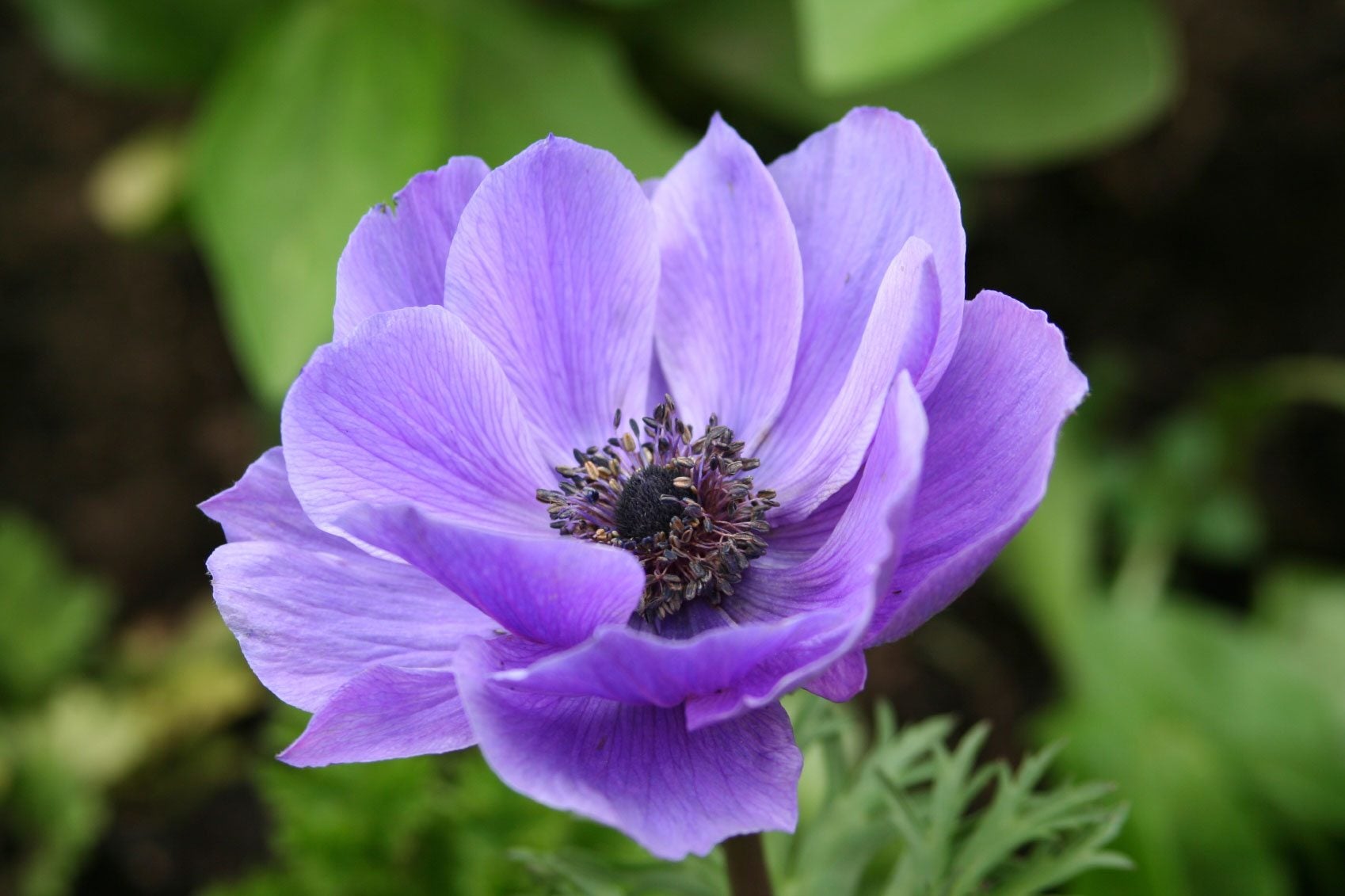Information On Care Of Anemone Plants


Anemone plants have low clumping foliage and colorful blooms. Often referred to as windflowers, these carefree plants are commonly found dotting the landscapes of many home gardens. There are several types of anemones, both spring flowering and fall blooming varieties. What's interesting, and even a factor in anemone plant care, is how each of these types grow. For instance, the spring blooming anemone plants will generally grow from rhizomes or tubers. Fall flowering types, however, usually have fibrous or tuberous roots.
Growing Anemone Windflower
You can grow anemones just about anywhere. However, caution should be taken with respect to their location, as their spreading growth habit can become rather invasive. Therefore, when growing anemone windflowers, you may want to consider placing them in bottomless containers prior to putting them in the garden. That being said, anemones are planted in spring or fall, depending on the type you have. Before planting, soak tubers overnight and then place them in well-draining, fertile soil-- preferably in a slightly shaded area. Plant anemones about 3 to 4 inches (8-10 cm.) deep, on their sides, and space them about 4 to 6 inches (10-15 cm.) apart.
Anemone Flowers Care
Once established, care of an anemone consists of merely watering as needed and keeping old foliage removed by cutting back to the ground prior to new growth. Rhizomatous clumps can be divided every two to three years during spring. Tuberous types are best separated during their dormant period, usually in summer.
Sign up for the Gardening Know How newsletter today and receive a free copy of our e-book "How to Grow Delicious Tomatoes".

Nikki Tilley has been gardening for nearly three decades. The former Senior Editor and Archivist of Gardening Know How, Nikki has also authored six gardening books.